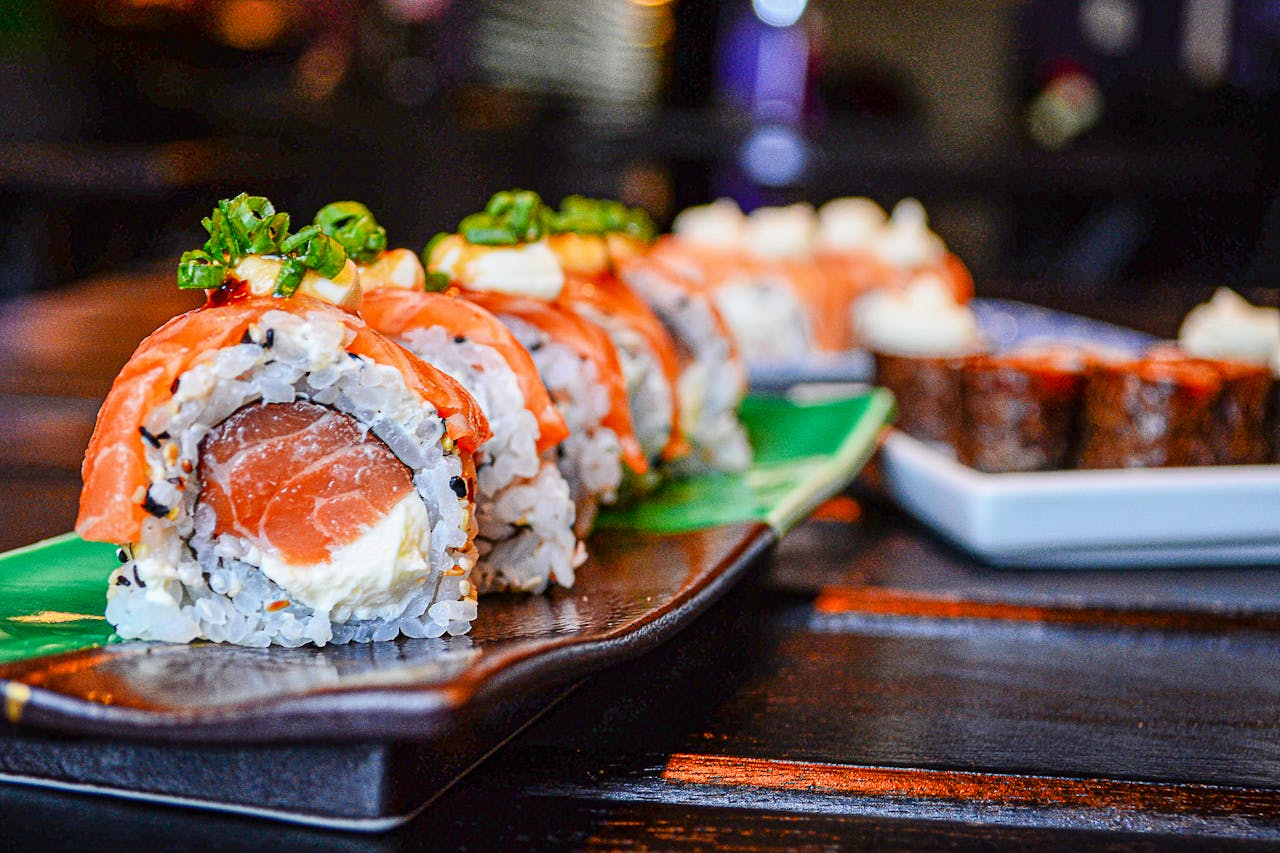
Anthony Bourdain famously said, “You can't truly know a place until you've tried its food.” This highlights how cuisine is deeply tied to a region’s history, values, and way of life. - Travel Through Taste: Each dish featured in the article represents not just a flavor but a story — from street food in Bangkok to traditional stews in Morocco, these meals are windows into local traditions. - Culinary Tourism: Trying iconic dishes is now a major reason people travel. In fact, food tourism is one of the fastest-growing sectors in the travel industry. - Spices Tell a Story: Many dishes from around the world use spices that were once part of ancient trade routes — like saffron in Persian cuisine or turmeric in Indian curries. - Fusion Origins: Some beloved dishes are actually the result of cultural fusion. For example, Peruvian ceviche blends indigenous ingredients with Japanese techniques brought by immigrants. - Street Food Royalty: In many countries, the most authentic and beloved dishes are served not in fancy restaurants but by street vendors — think tacos in Mexico City or pad thai in Bangkok. Tokyo, Japan – Sushi - Rice Was Once Just a Wrapper: Originally, sushi was a way to preserve fish. The rice was fermented and discarded — only the fish was eaten! - Sukiyabashi Jiro’s Prestige: This legendary restaurant was the first sushi spot to earn three Michelin stars. Former U.S. President Barack Obama dined there in 2014. Valencia, Spain – Paella - No Chorizo in Traditional Paella: Purists argue that authentic Valencian paella never includes chorizo — that’s a modern twist! - Paella Pan Symbolism: The wide, shallow pan is designed to maximize the rice’s contact with heat, creating the prized crispy bottom layer called socarrat. Beijing, China – Peking Duck - Imperial Origins: Peking Duck dates back to the Yuan Dynasty (13th century) and was a favorite of Chinese emperors. - Quanjude’s Legacy: This restaurant has been serving Peking Duck since 1864 and is known for its secret roasting technique using fruitwood. Marrakech, Morocco – Tagine - Clay Pot Magic: The conical lid of a tagine pot helps steam circulate, making the dish tender and flavorful without needing much liquid. - Spice Route Influence: Ingredients like saffron, cinnamon, and preserved lemon reflect Morocco’s role in ancient spice trade networks. Mexico City, Mexico – Tacos al Pastor - Lebanese Roots: This dish evolved from shawarma brought by Lebanese immigrants in the 1920s, blending Middle Eastern technique with Mexican flavors. - Pineapple Twist: The slice of pineapple on top isn’t just for taste — it helps tenderize the pork as it cooks. Athens, Greece – Moussaka - Ottoman Influence: Moussaka likely evolved from layered meat and vegetable dishes introduced during Ottoman rule. - Seasonal Layers: In some regions, zucchini or potatoes replace eggplant depending on the season. Bangkok, Thailand – Pad Thai - National Identity Dish: Pad Thai was promoted in the 1930s by the Thai government to boost nationalism and reduce rice consumption. - Tamarind’s Role: The tangy flavor comes from tamarind pulp, which balances the sweetness and saltiness perfectly. Paris, France – Croissant - Not Originally French: The croissant’s roots trace back to Austria, inspired by the kipferl. It was popularized in France in the 19th century. - Symbol of Victory: Legend says the crescent shape commemorates the defeat of the Ottoman Empire, whose flag bore a crescent moon. Budapest, Hungary – Goulash - Shepherd’s Dish: Goulash was originally cooked by Hungarian herdsmen in cast-iron kettles over open fires. - Paprika Power: Hungary’s national spice, paprika, gives goulash its signature flavor and vibrant red hue. Seoul, South Korea – Bibimbap - Name Meaning: “Bibim” means mixing, and “bap” means rice — it’s literally “mixed rice.” - Color Symbolism: Traditional bibimbap includes five colors representing different health benefits and elements in Korean philosophy. Edinburgh, Scotland – Haggis - Poetic Fame: Robert Burns, Scotland’s national poet, wrote *Address to a Haggis*, celebrating the dish as a symbol of Scottish pride. - Banned Abroad: Due to food safety laws, authentic haggis (made with sheep lung) is banned in the U.S. Montreal, Canada – Poutine - Accidental Creation: Poutine was allegedly invented in the 1950s when a customer asked for cheese curds to be added to fries. - Cultural Icon: It’s now a symbol of Québécois identity and even has its own festival — La Poutine Week. Lima, Peru – Ceviche - Ancient Origins: Ceviche dates back over 2,000 years to pre-Columbian civilizations who marinated fish with fermented juice. - Leche de Tigre: The leftover marinade is called “tiger’s milk” and is often consumed as a shot or used as a sauce. Vienna, Austria – Wiener Schnitzel - Protected Name: In Austria, “Wiener Schnitzel” must be made with veal by law — otherwise, it’s just a “Schnitzel.” - Italian Connection: Some historians believe it was inspired by the Italian cotoletta alla milanese. Delhi, India – Curry - Not Just One Dish: “Curry” isn’t a single recipe — it’s a category of dishes with spiced gravies. The word “curry” was popularized by British colonists, derived from the Tamil word *kari*, meaning sauce. - Birthplace of Butter Chicken: Moti Mahal in Delhi is credited with inventing Murgh Makhani (Butter Chicken) and popularizing Dal Makhani, both now global favorites. - Tandoori Revolution: They also helped bring the tandoor oven into mainstream restaurant cooking, transforming how meats and breads are prepared.
© Travel Media. All Rights Reserved. Privacy